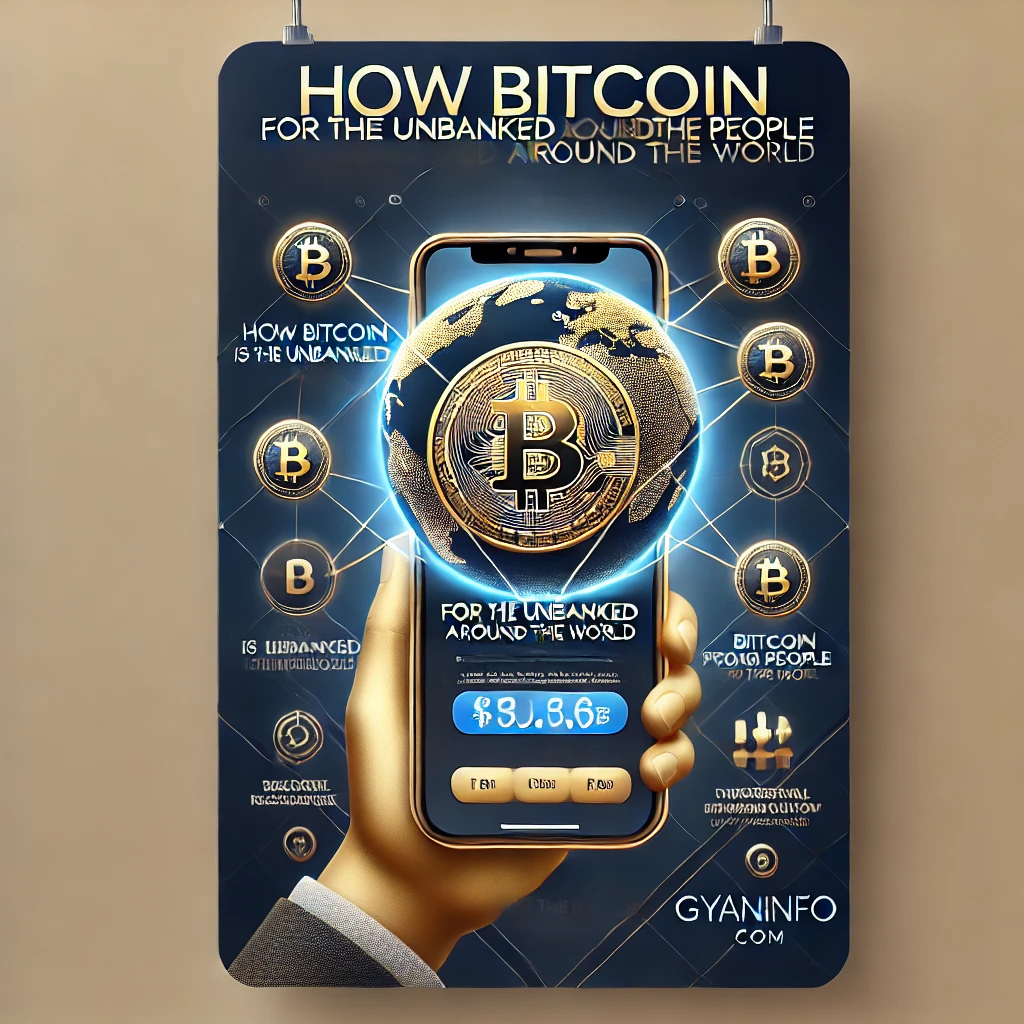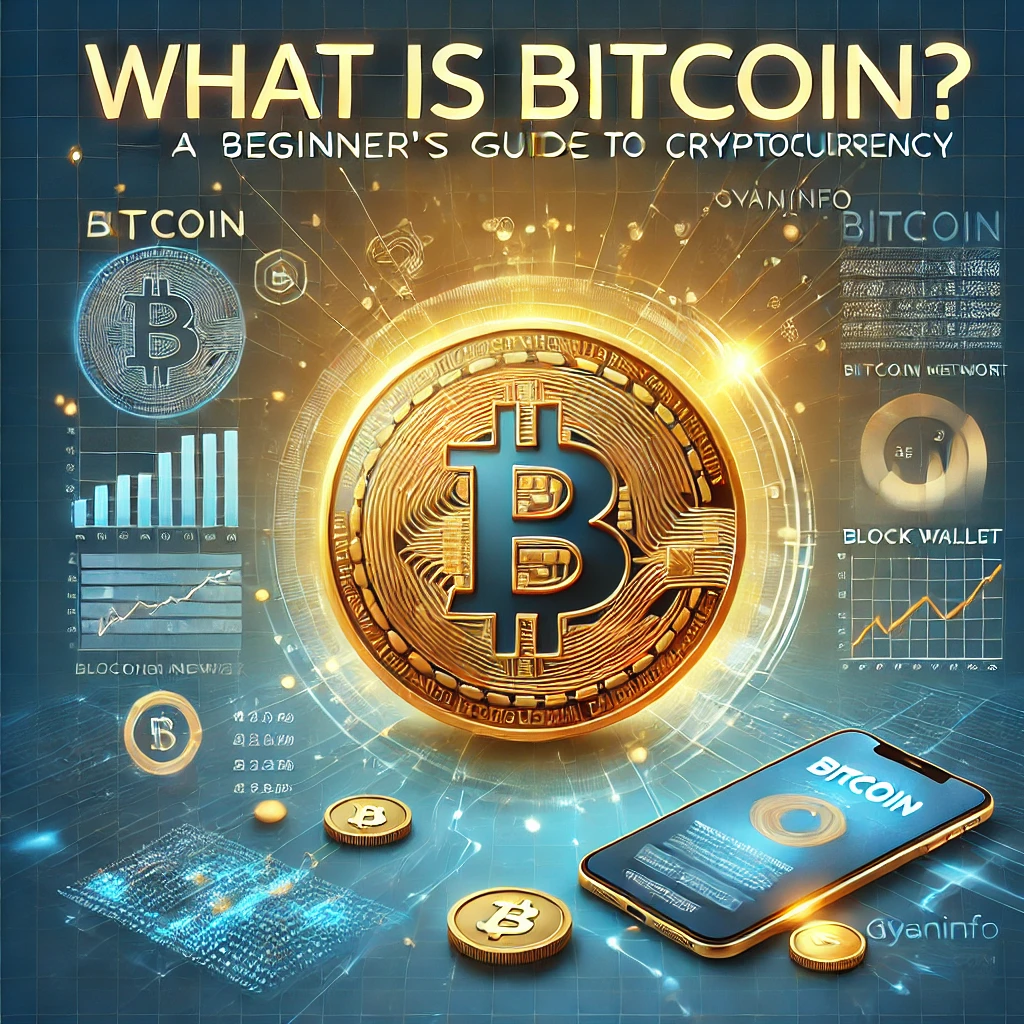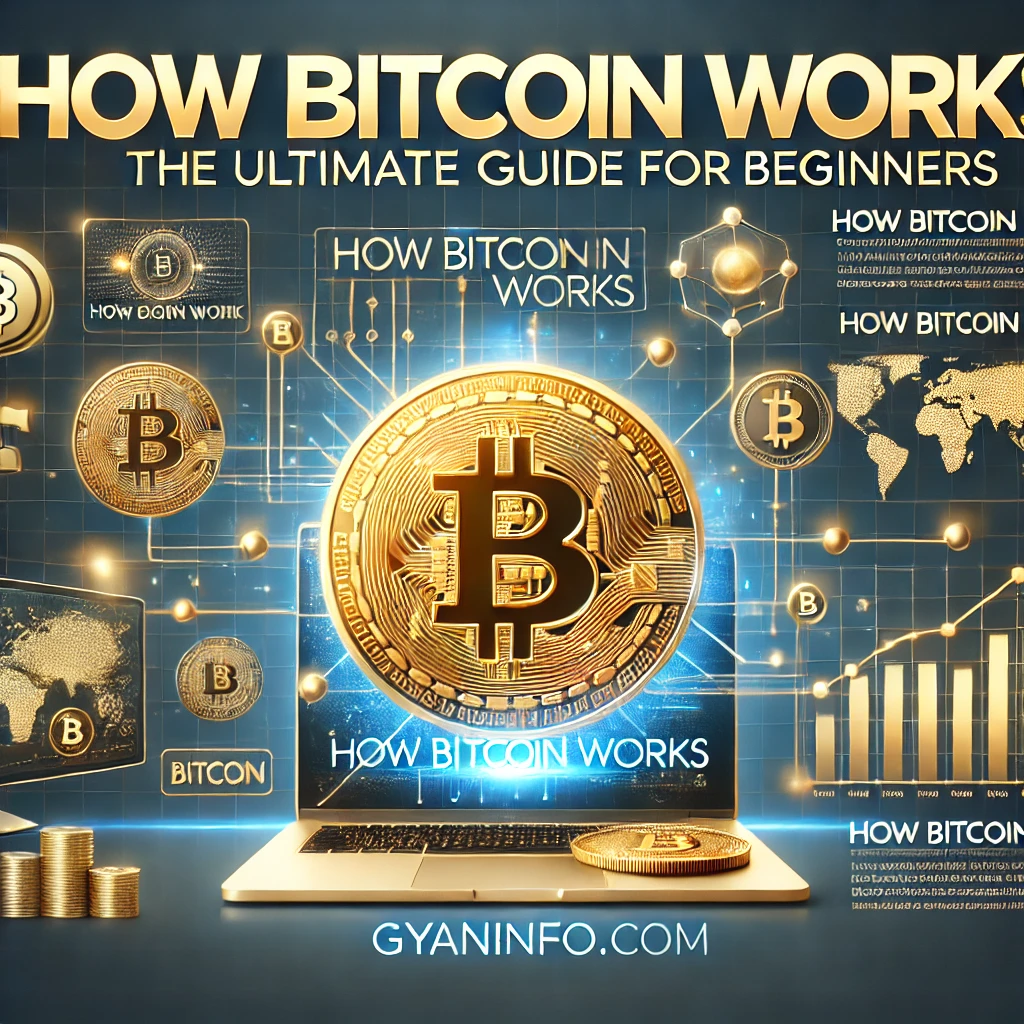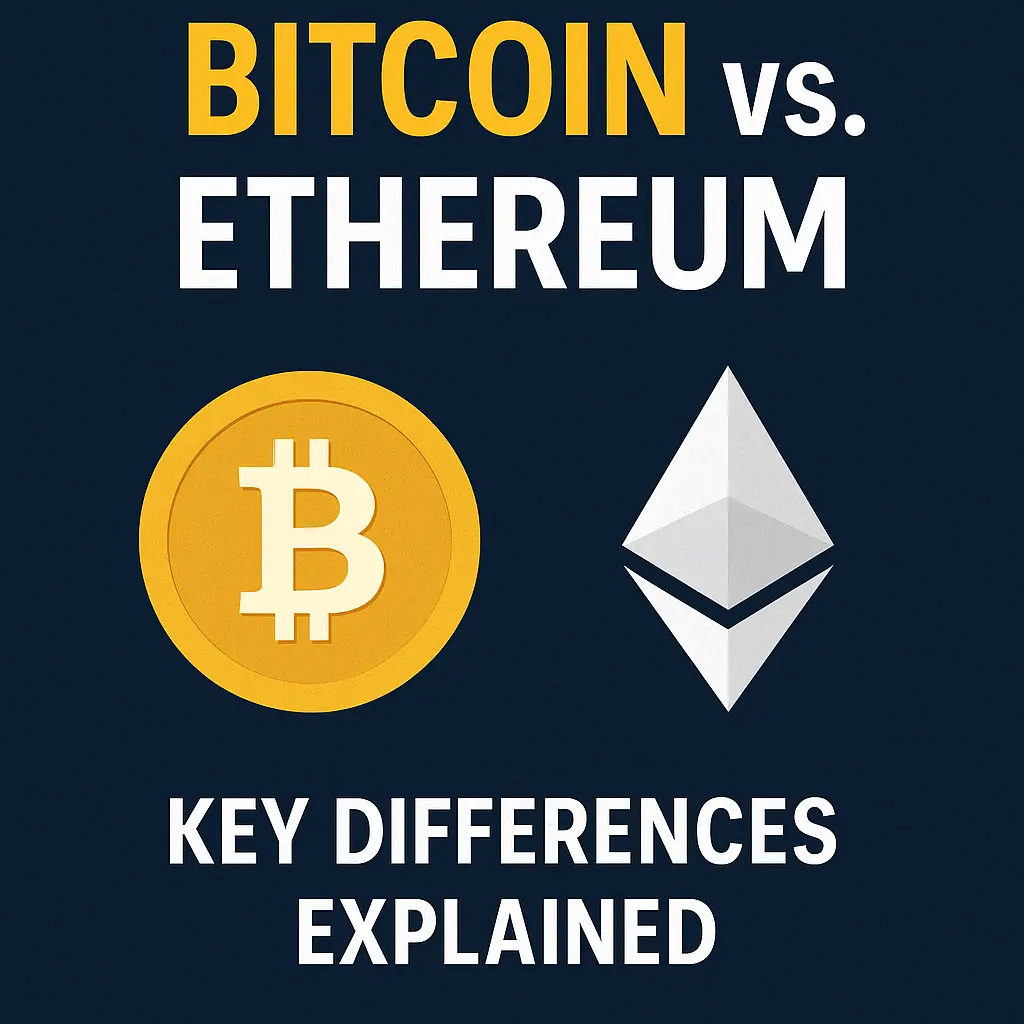Bitcoin, the world’s first cryptocurrency, has transformed from an obscure digital experiment into a global financial revolution. It has challenged traditional banking, inspired a multi-trillion-dollar industry, and gained widespread adoption. Let’s take a journey through Bitcoin’s history—from its mysterious origins to its rise as a major financial asset.
1. The Birth of Bitcoin (2008-2009)
A. The Anonymous Creator: Satoshi Nakamoto
In October 2008, a mysterious figure or group under the pseudonym Satoshi Nakamoto published a whitepaper titled “Bitcoin: A Peer-to-Peer Electronic Cash System.” The paper outlined a decentralized digital currency that would operate without banks or intermediaries.
🔹 The key innovation was blockchain technology, a decentralized ledger that records all transactions transparently and securely.
🔹 Bitcoin was designed to be scarce, with only 21 million BTC ever to exist.
B. The First Bitcoin Block: The Genesis Block
On January 3, 2009, Nakamoto mined the first Bitcoin block, known as the Genesis Block (Block 0). Embedded in this block was a message:
“The Times 03/Jan/2009 Chancellor on brink of second bailout for banks.”
This referenced a newspaper headline about government bailouts during the financial crisis, hinting at Bitcoin’s purpose—a financial system independent of banks.
Read More: How to Use Bitcoin for Everyday Transactions
2. The Early Years & First Transactions (2010-2012)
A. Bitcoin’s First Real-World Transaction
In May 2010, programmer Laszlo Hanyecz made history by purchasing two pizzas for 10,000 BTC. This event, now celebrated as Bitcoin Pizza Day (May 22nd), marked the first real-world Bitcoin transaction.
💡 At today’s prices, those 10,000 BTC would be worth millions of dollars!
B. The Rise of Bitcoin Exchanges
- In 2010, the first Bitcoin exchange, Mt. Gox, was launched, allowing people to trade Bitcoin for fiat currency.
- Bitcoin’s price started to gain traction, reaching $1 in February 2011.
C. Bitcoin Faces Challenges
Bitcoin’s growing popularity also attracted hackers and criminals. In 2011, the Silk Road, an online marketplace that used Bitcoin for illicit transactions, launched, leading to Bitcoin’s association with the dark web.
3. Bitcoin Goes Mainstream (2013-2016)
A. Price Surges & Market Growth
- By 2013, Bitcoin reached $1,000 for the first time, attracting more investors.
- Companies like Microsoft, Overstock, and Dell started accepting Bitcoin as payment.
- Bitcoin ATMs started appearing worldwide, making it easier to buy and sell BTC.
B. The Collapse of Mt. Gox
In 2014, Mt. Gox, the largest Bitcoin exchange at the time, suffered a massive hack, losing 850,000 BTC. This event shook the Bitcoin community but highlighted the need for better security measures.
4. The Rise of Institutional Interest (2017-2020)
A. The Bitcoin Boom of 2017
- In 2017, Bitcoin’s price skyrocketed, reaching $20,000 for the first time.
- The launch of Bitcoin futures trading on major exchanges signaled institutional interest.
- However, this rapid rise led to a crash in early 2018, with Bitcoin dropping to around $3,000.
B. Bitcoin’s Growing Legitimacy
Despite price volatility, Bitcoin gained more mainstream adoption:
✅ Square, PayPal, and Tesla started supporting Bitcoin transactions.
✅ Countries like Japan recognized Bitcoin as a legal payment method.
✅ Institutional investors, including MicroStrategy and Grayscale, began buying Bitcoin as a store of value.
5. Bitcoin as Digital Gold (2021-Present)
A. Bitcoin Hits New Highs
- In 2021, Bitcoin reached an all-time high of $69,000, driven by institutional adoption and inflation fears.
- Companies like Tesla and El Salvador invested heavily in Bitcoin, with El Salvador becoming the first country to adopt Bitcoin as legal tender.
B. Regulation & Adoption
- Governments worldwide started discussing Bitcoin regulations.
- The Lightning Network, a second-layer solution, improved Bitcoin’s transaction speed and reduced fees, making it more practical for everyday use.
C. The Future of Bitcoin
Bitcoin continues to be a controversial yet revolutionary financial asset. Whether it becomes the global standard for money or remains digital gold, its impact on finance is undeniable.
Read More: Can Bitcoin Be Used for International Money Transfers?
Conclusion
From an anonymous whitepaper in 2008 to a multi-trillion-dollar financial revolution, Bitcoin has come a long way. Despite challenges, its resilience and growing adoption suggest that Bitcoin will continue to shape the future of finance.
💡 What do you think? Will Bitcoin become the world’s primary currency, or is it just a digital asset? Let us know in the comments! 🚀🔗

Hi Friends! I am Rohit Yadav, a web developer, digital marketer and blogger from Chandpatti, Azamgarh (U.P). I love to write a blog and share our thoughts and knowledge with other peoples.







